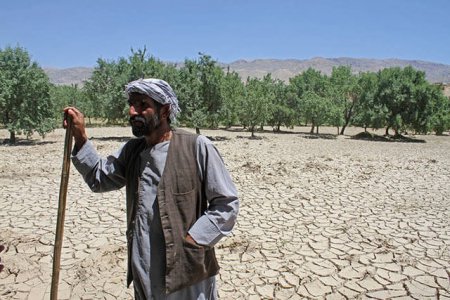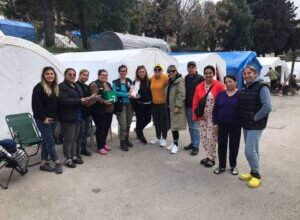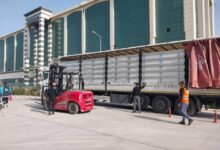
Severe drought in Afghanistan could trigger the displacement of thousands of families, according to the latest IRC assessment across five provinces in the West, South and East of the country. This comes during an alarming increase in violence in recent weeks, with attacks on civilians including women and aid workers causing fresh instability throughout much of the country.
With 80% of Afghans relying upon rain-fed agriculture and cattle-grazing for their incomes, livelihoods are set to be decimated as a drastic decrease in rainfall has caused food and water scarcity across the country. At the same time, an increase in fighting has also broken out in several of the worst drought affected areas, particularly in Helmand province, ahead of the withdrawal of foreign troops in the country. The coincidence of devastating drought and a steady increase in violence threatens a devastating economic downturn and greater instability.
Nasir Rizaee, IRC Afghanistan Deputy Director, said: “This drought and potential displacement is yet another fresh trauma for Afghanistan, which is reeling from the shockwaves of COVID-19. The effects will be especially intense and far reaching: nearly half of the population is already experiencing food insecurity and people are struggling to make ends meet. Already, 98% of people the IRC assessed have noticed a rapid increase in food prices as the drought has worsened, and the decrease in the production of vital crops will cause a severe economic downturn, felt most keenly by vulnerable families who will be unable to access food as prices increase to unattainable levels.
According to IRC analysis, people in Herat, Badghis, Pakitya, Helmand and Khost provinces will be worst affected, with 83% of those assessed reported seeing community members leaving to find better access to food and water in the last three months. Those surveyed reported a lack of food (34%), loss of livelihoods (29%), water sources drying up (13%) and conflict (13%) as the major reasons for leaving. Many were also impacted by the 2018 drought that left a quarter of a million people displaced.
Source: IRC







